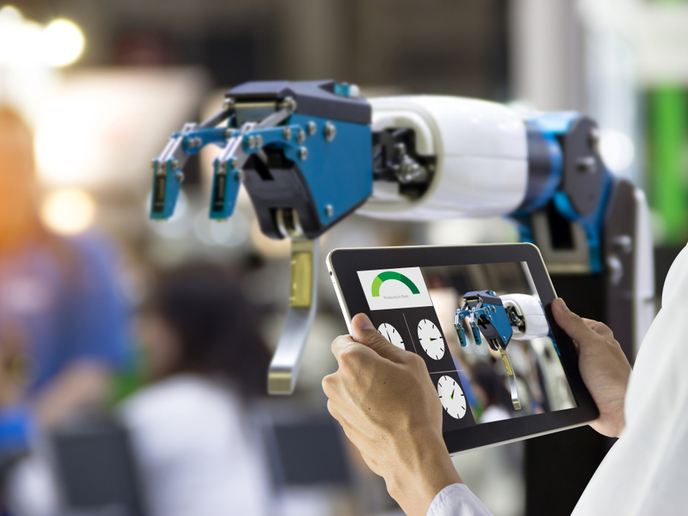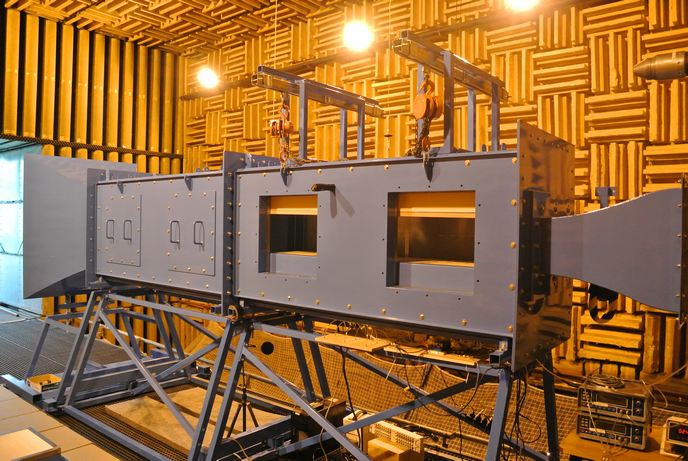Virtual humans reduce industry costs
Ever since the advent of crash test dummies in the 1950s, research and development teams in the transport sector have been designing human models that advance testing and safety considerably. With the digital age and realistic crash simulations being conducted successfully in the virtual world, laboratories are looking for the most accurate digital models to conduct their testing. The EU-funded project 'Digital humans for ergonomic design of products' (Dhergo) worked on designing precise models within the automotive sector to achieve this target. Aiming to develop anatomically and biomechanically accurate human models to assess posture and motion-related discomfort, the project team collected enormous amounts of data required to make human models realistic. From joint strength and range of motion to exact musculoskeletal behaviour, the project consortium articulated software algorithms that approximate real motion and created specific computer tools to accomplish the task. The technology was tested successfully by different project partners and the results were announced at key conferences. The researchers on the project developed a software simulation package that features a dynamic multi-body–based model as well as a musculoskeletal model to calculate muscle forces with precision. They also simulated the physical interaction between the human model and different car parts, such as the seat. Validity of all components and actions such as upper limb hand braking and lower limb pedal depression was also established, ensuring comprehensive and meticulous consideration of all aspects. In summary, Dhergo has effectively exploited cutting-edge knowledge in kinematic digital human simulation to produce dynamic, musculoskeletal models that approximate accident-related impacts and discomfort effectively. This will lead to better simulation capabilities of existing software tools, which will lead to more competitive products, thanks to the reduction in development costs. Lastly, other industries beyond the automotive sector, from workplace hazards to extreme sports, could stand to benefit from this technology where simulation of human movement is required.







